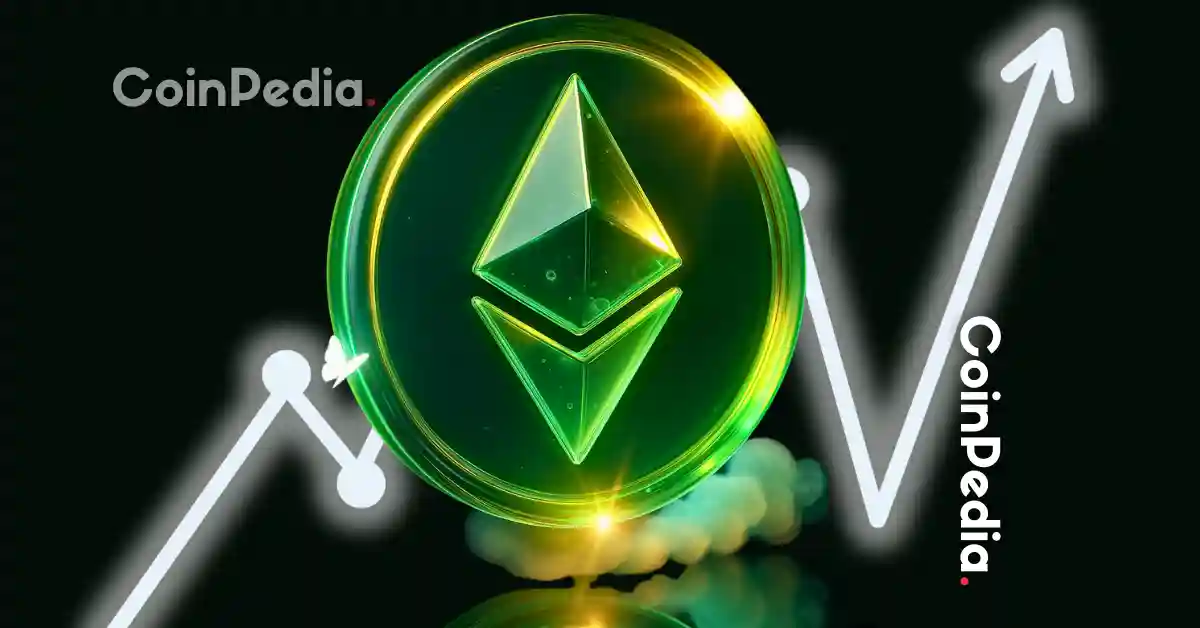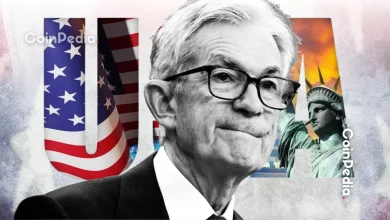Ethereum Holds Strong at $4,200 — Traders Eye Make or Break Movement For ETH
-
 ETH $ 4,075.09 (1.52%)
ETH $ 4,075.09 (1.52%)

Ethereum defends $4,200 support, sparking trader optimism for potential continuation toward $4,950.
Veteran trader Matthew Dixon highlights $4,150–$4,200 as Ethereum’s most critical near-term zone.
On flip side, losing $4,150 support could expose Ethereum to deeper correction, testing $3,850–$3,500 ranges.
Ethereum (ETH) is once again the center of attention in the crypto markets as it hovers around the $4,200 mark. Veteran trader Matthew Dixon has outlined possible scenarios for ETH’s next move. Backed by a detailed price chart, his post has sparked new discussions among traders who are trying to decode what comes next.
The Key Level: $4,200 Support
Unlike the usual hype-driven analysis often seen in crypto circles, Dixon’s approach carries the weight of years of financial trading experience. Dixon’s says that all eyes are on the $4,200–$4,150 zone. As long as this support holds, traders remain optimistic that Ethereum could extend its rally.
A defense of this range could fuel another retest of $4,580, and if buyers push through, the next leg higher could stretch toward $4,860–$4,950.
This move would align with the broader uptrend that began when ETH bounced from the $3,000 level earlier this year.
Room For ETH To Consolidate
If ETH doesn’t break higher immediately, a period of sideways action is also possible. Dixon pointed out that Ethereum may “chop” between $4,150 and $4,580, allowing the market to consolidate before making its next big move.
The Relative Strength Index (RSI), which measures momentum, is currently at 55, signaling neutral, neither overbought nor a clear trend signal.
The Risk Scenario
On the flip side, Dixon sees a loss of $4,150 could trigger a sharper drop. In that case, sellers may push ETH down toward the $3,850–$3,800 area.
A deeper dip could even test the $3,500 zone, which lines up with the 61.8% Fibonacci retracement level, a common area where buyers often step back in.
As of now, the ETH price is trading around $4205, reflecting a drop of 2.6% in the last 24 hours, with a market cap hitting $507 billion.
Never Miss a Beat in the Crypto World!
Stay ahead with breaking news, expert analysis, and real-time updates on the latest trends in Bitcoin, altcoins, DeFi, NFTs, and more.
FAQs
As per our Ethereum price forecast 2025, the ETH price could reach a maximum of $5,925.
According to our Ethereum Price Prediction 2030, the ETH coin price could reach a maximum of $15,575 by 2030.
As per our Ethereum price prediction 2040, Ethereum could reach a maximum price of $123,678.
By 2050, a single Ethereum price could go as high as $255,282.
Trust with CoinPedia:
CoinPedia has been delivering accurate and timely cryptocurrency and blockchain updates since 2017. All content is created by our expert panel of analysts and journalists, following strict Editorial Guidelines based on E-E-A-T (Experience, Expertise, Authoritativeness, Trustworthiness). Every article is fact-checked against reputable sources to ensure accuracy, transparency, and reliability. Our review policy guarantees unbiased evaluations when recommending exchanges, platforms, or tools. We strive to provide timely updates about everything crypto & blockchain, right from startups to industry majors.
Investment Disclaimer:
All opinions and insights shared represent the author's own views on current market conditions. Please do your own research before making investment decisions. Neither the writer nor the publication assumes responsibility for your financial choices.
Sponsored and Advertisements:
Sponsored content and affiliate links may appear on our site. Advertisements are marked clearly, and our editorial content remains entirely independent from our ad partners.








